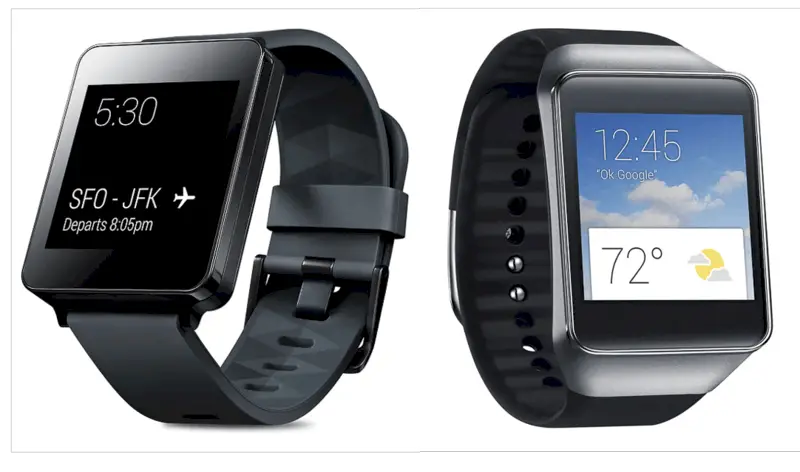Qualcomm has announced a clutch of new processors and chip systems, including a platform dedicated solely to Android Wear watches. Currently, the majority of Android Wear smartwatches are powered by the Snapdragon 400 system-on-chip, originally designed for smartphones and tablets. Qualcomm wants to replace this with the newly-announced Snapdragon Wear 2100. The Wear 2100 is 30 percent smaller than the 400 and uses 25 percent less power (allowing for slimmer smartwatches with longer battery life). It also includes a new LTE modem (as well as Wi-Fi and low power Bluetooth) for faster connectivity. Basically, it’s going to make smartwatches better.
In addition to the Snapdragon Wear 2100, Qualcomm also announced the first commercial gigabit LTE modem for mobile devices: the X16. Obviously, getting a gigabit connection is impossible in the US given the speed of mobile carriers’ LTE networks, but the X16 is (somewhat optimistically) preparing for a faster future. Qualcomm boasts that with 1 Gbps speeds you could live stream virtual reality content and download an HD movie for a flight before your plane had left the tarmac. But while there’s a lot of clever tech in the X16 (including the ability to combine up to four separate LTE connections — just think of the phone bill), this is future-perfect stuff, rather than something that’s ready today.
For that, you have to look to Qualcomm’s new Snapdragon 625, 435, and 425 chips, also announced today. These are a mix of low to mid-tier systems that you can expect to show up in devices in the second half of this year. They all use ARM’s Cortex-A53 CPU (octa-core in the 625 and 435; quad-core in the 425), which has been around for years, and have tiered connection and imaging capabilities (for example, the 625 and 435 support up to 24-megapixel photos; the 425 maxes out at 16-megapixels). These aren’t exciting chips, but they’ll be powering the ongoing mobile boom in developing countries.

